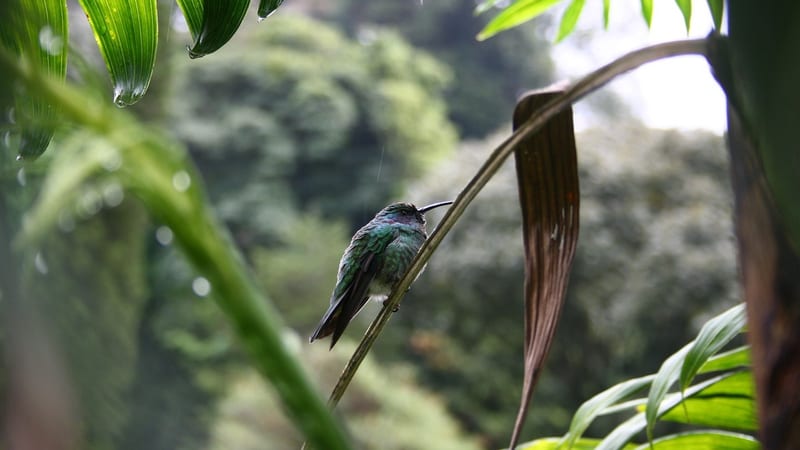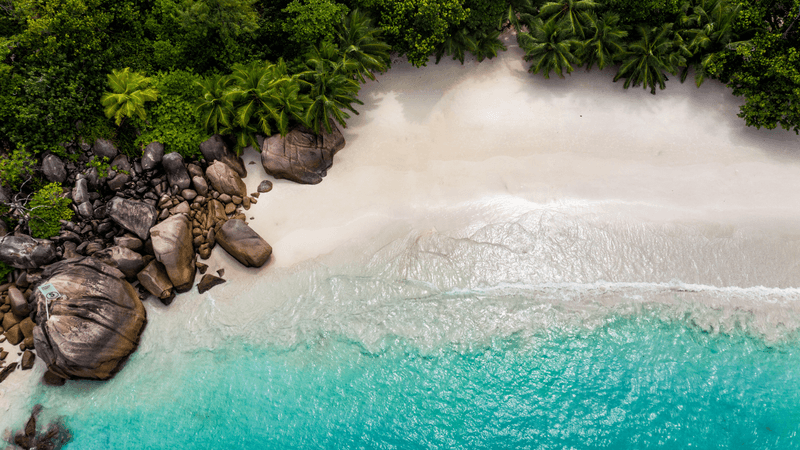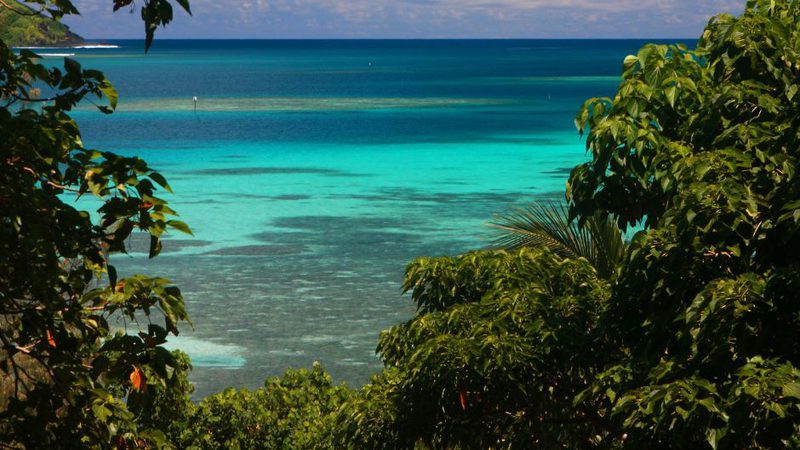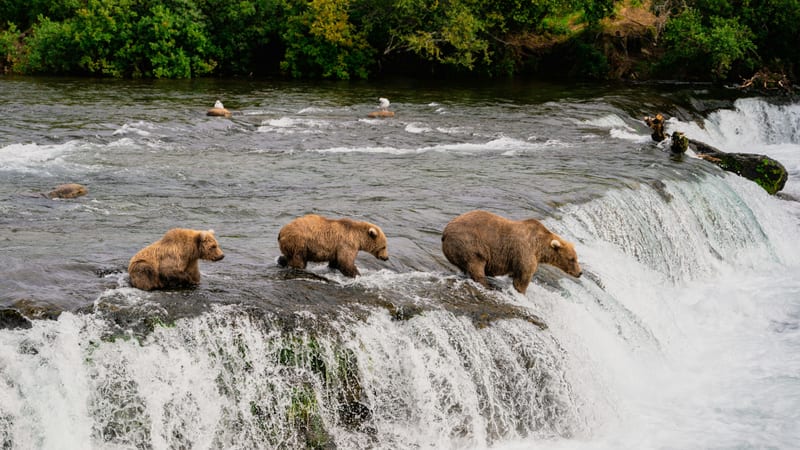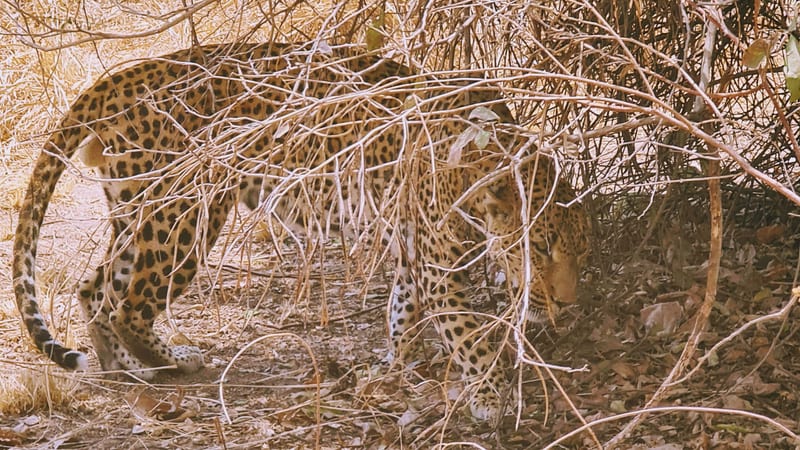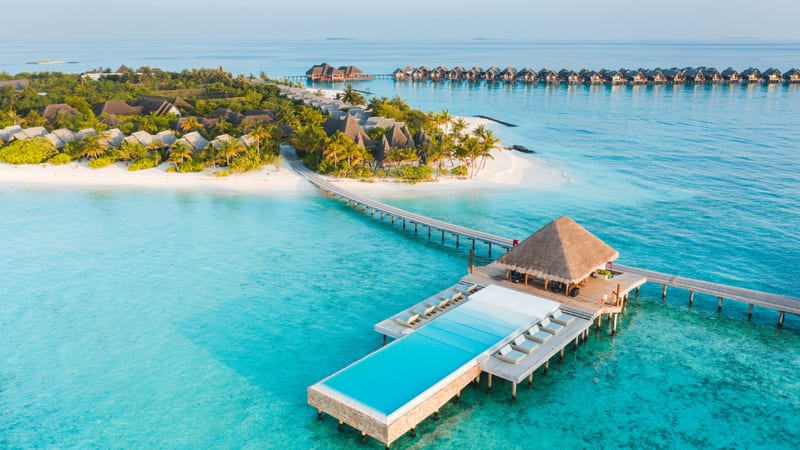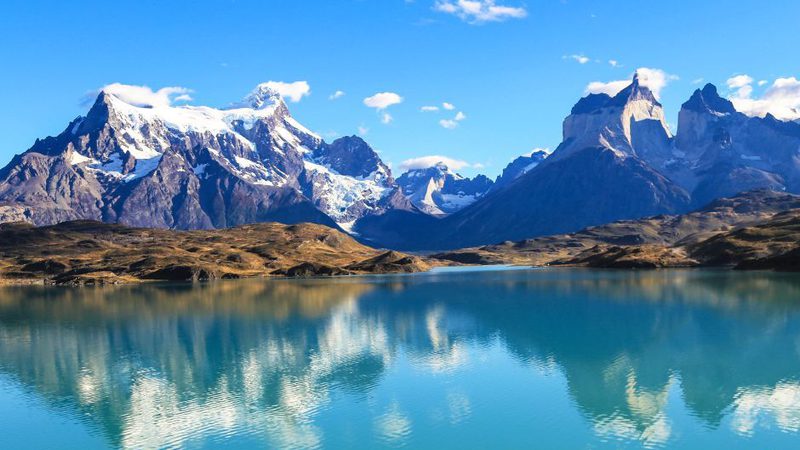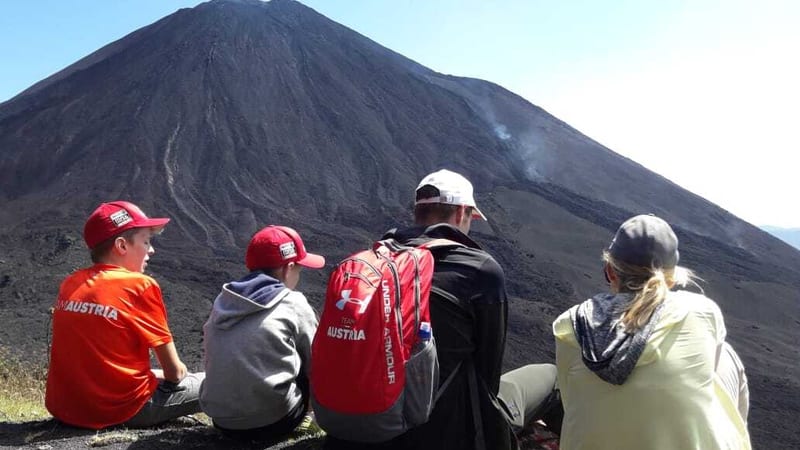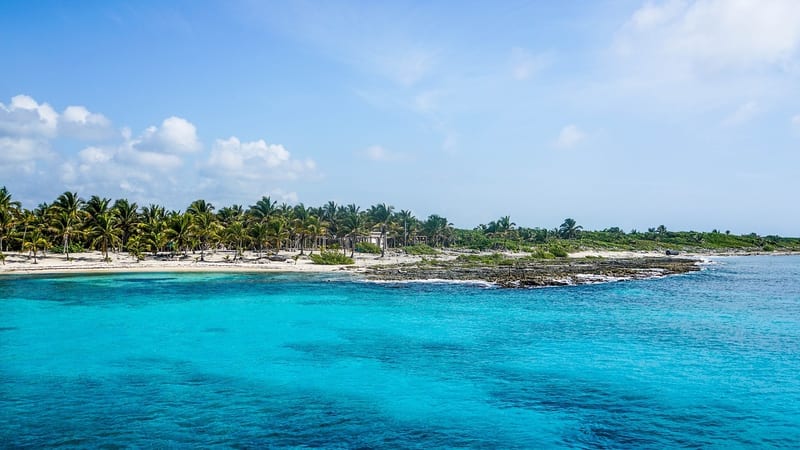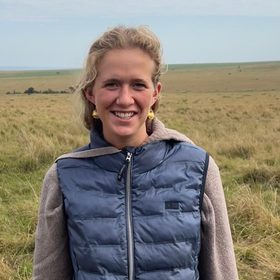Experience the atmosphere of past times on a colonial style coffee plantation farm house
Location: Ngorongoro Farm House is set on a working 500-acre coffee plantation, just 4km from the Lolduare entrance to the Ngorongoro Conservation Area, and equidistant between the crater and Lake Manyara. Tucked into the rolling highlands, the lodge offers panoramic views of Oldeani Volcano, framed by lush gardens and farmland rather than the crater rim - making it a peaceful, scenic base for exploring Tanzania's northern safari highlights.
Rooms: The property comprises 52 generously sized chalet-style rooms, including 49 standard cottages and 3 suites, plus several family configurations with interconnecting doors. Rooms feature high thatched ceilings, polished floors, four-poster beds with mosquito nets, en-suite bathrooms, fans, and private verandas overlooking the coffee fields or gardens. The décor reflects a colonial-farmhouse aesthetic with local materials and thoughtful comfort throughout.
Amenities: Facilities include a large main lodge with an open-air bar and dining area, a relaxing lounge with a fireplace, and a spacious deck for sundowners and panoramic views of the estate. On manicured lawns you'll find a swimming pool, a massage cabin, and a gift shop. Wi-Fi is available in public areas, and a welcome drink and laundry service are offered. Meals are served using fresh produce grown on the farm - organic vegetables, dairy, and house-roasted coffee.
Activities: Guests can enjoy guided walks around the farm and vegetable gardens to learn about traditional cop cultivation and local Maasai plant use. Day trips include game drives into the Ngorongoro Crater and Lake Manyara, visits to Lake Eyasi and the Hadza and Datoga tribes, and shorter walking safaris on the estate. Sundowner evenings, massages, and spa services complement the experience for a relaxed yet enriching stay.
Sustainability: Sustainability is woven into the lodge's ethos. The farm operates using organic growing methods, supplying the kitchen with vegetables, herbs and dairy direct from the gardens. Solar power and energy-efficient systems reduce environmental impact. Community initiatives - ranging from cultural exchanges to local employment - are supported throughout partnerships and visits, reflecting a deep connection with the highland communities.
Best places to stay in Ngorongoro
Ngorongoro Trip Inspiration
When to visit Tanzania
Find out the best time to visit Tanzania with our month by month guide.
- Best
- Good
- Mixed
- Jan
- Feb
- Mar
- Apr
- May
- Jun
- Jul
- Aug
- Sep
- Oct
- Nov
- Dec
January
January is mixed when it comes to weather, temperatures rise whilst the chance of rain and humidity increases. It is still a good time to go, as the rates are lower yet the game viewing is still excellent.
- During this time migratory herds are in the Serengeti for calving season, meaning the Ndutu plains are busy.
February
The weather remains hot with a chance of rain in February.
- Meanwhile in the Ndutu Plains the migration is still occurring.
March
March is the calm before the storm, before heavy rains and humidity builds. Visitors can take great advantage of lower rates during the low season.
- Migrating herds start to leave Ndutu, heading West towards Grumeti.
April
April experiences continued periods of heavy rain, we would advise against travel due to the conditions.
May
During may there is periods of heavy rain, we would advise against travel due to the conditions.
June
June heralds the wet season, bringing lush green vegetation which can make spotting game more difficult. It is a particularly great time for birders as parks become populated by migratory birds especially in the South.
- Migration is still in the Grumeti area, heading north.
July
July is the start of peak season, temperatures reach up to 30 degrees and the surrounding land becomes drier and spotting game is becoming easier.
- The migration is in the Northern Serengeti moving towards Kenya.
August
August is peak season, with bush land drying out game spotting becomes much easier. If you want to experience Tanzania game at its best, August is the time to travel.
- The migration still remains in the north.
September
Peak season continues in September, the Northern circuit can be very busy, if you want to avoid crowds it's best to visit the southern parks.
- The end of the migration is still in the north with herds on both side of the Kenyan and Tanzanian borders.
October
Peak season continues into October with good game viewing in the Serengeti and southern parks.
- The migration has now crossed over into Kenya.
November
November is the start of the rainy season, the rains tend to be overnight so it is still a popular time to travel. During this month you can take advantage of low season rates.
- Migration crossing over into the Serengeti can be seen a the Tanzania and Kenya border.
December
Rains continue in December, whilst the temperature and humidity start to build. Venturing out on safari is generally good, with large game still easily spotted.
- Migrating herds in the north travel south back to Ndutu.
Speak to a Tanzania expert today
and start planning your tailor-made holiday

Alistair





